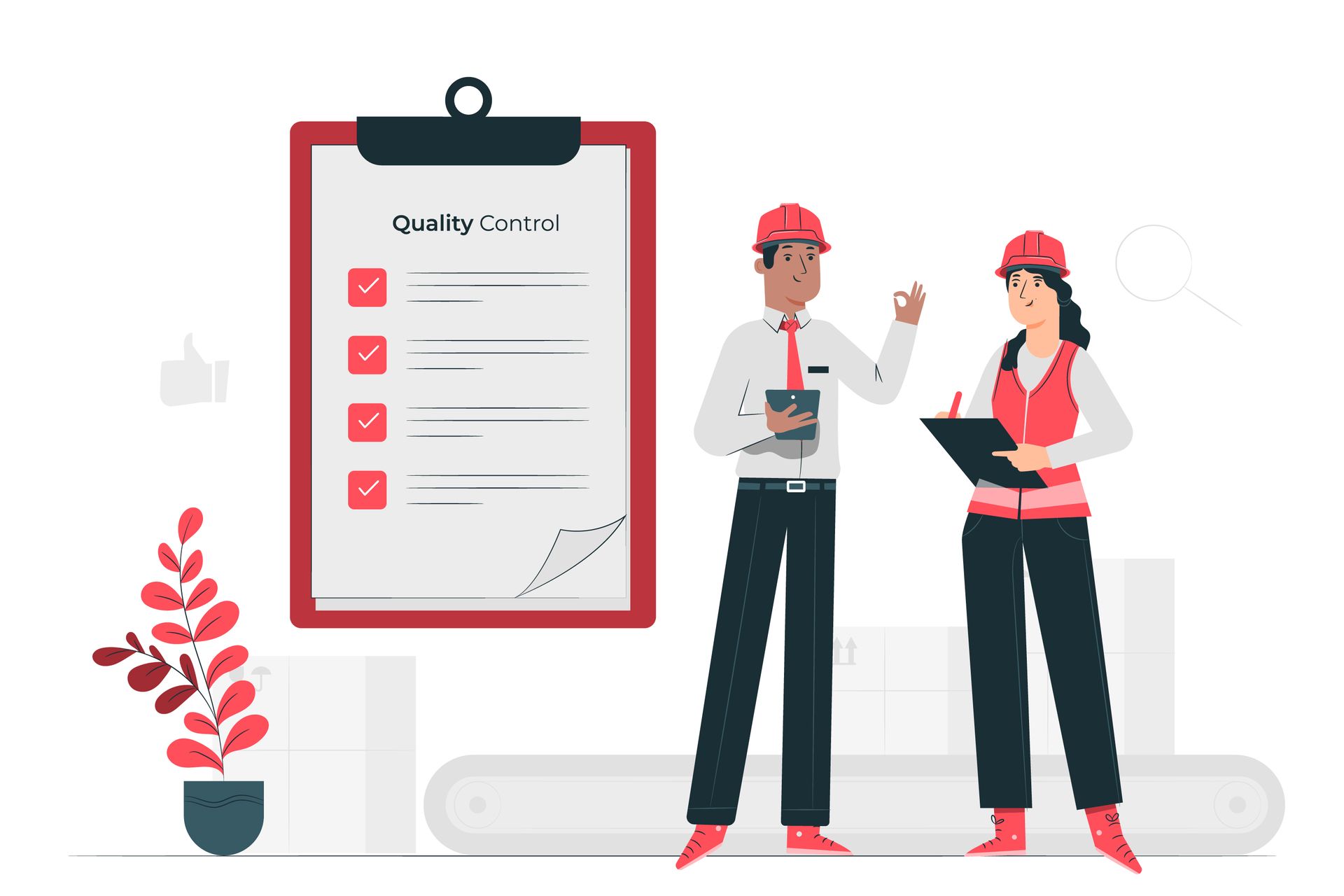S.A.F.E. Hiring Step 2: Acclimating New Hires
When a new hire jives with the rest of your company, it's like...

What does onboarding look like in the trades? Unfortunately, for many business owners the answer is to throw your new hires into the wavy waters of the construction industry and pray they swim.
Our series on S.A.F.E Hiring practices is all about building processes that will allow you to hold on to your new employees, making you less reliant on the miserable labor market. This post will cover the second step of S.A.F.E Hiring: acclimating new hires.
In the metaphorical wavepool of the construction industry, you are bound to swiftly lose a significant chunk of your hires with the sink or swim method. The ones that do make it are more likely to develop habits that don’t align with your company standards. Alternatively, building a systematized onboarding process can help ease new hires into their roles, and set them on a path toward a long and successful tenure at your company.
If you’ve properly
set expectations, your new employee will be eager to demonstrate their ability to meet the requirements of their new job. The first 2 weeks in the role are make or break for their continued enthusiasm. Here are some of the benefits of implementing a standard onboarding process.
It puts everyone in your company on the same page. If everyone receives the same onboarding experience, then you will more effectively and efficiently develop a common sense of how things run at your company. In fact, a good onboarding experience turns your employees into voluntary enforcers of company policy. Because everyone is clear on the expectations, you are more likely to see self-enforcement and enforcement among peers.
New hires start producing faster. If you’re short-handed it can be tempting to skip onboarding. After all, you hired someone to produce for your company, and you are eager to see that production. Yet, realistically onboarding can be done in 2-5 days. The knowledge that your employee will gain in that time will prepare them for more instant production in the role, and reduce the chance of costly early mistakes. Important things your new hire might learn in those few days include: procedures for checking material in and out of the shop, guidelines for estimating jobs, how to file job paperwork, and more.
You can demonstrate company culture. You likely discussed some aspects of what it is like to work at the company during the interview process. However, your new hire has yet to see what that looks like in action. Onboarding is an opportunity to set the tone in a more controlled environment. Without onboarding, your new employee’s first impression on the job will largely be left up to the happenstance of whatever is going on that day. For example, maybe your company prides itself on having a familial atmosphere where everyone knows each other. Dedicated onboarding time can allow your new employee to get to know everyone at the company. Whereas throwing them into the role might have them in the field for a week or two before anyone sees them around.
Address differences with more experienced hires.
It’s great when you manage to find a new employee who is experienced in the role. They know the ins and outs of the job already. In this case, you may think onboarding isn’t necessary. However, not every company operates with the same standards and expectations. Onboarding is a great opportunity to establish YOUR way of doing things even if an employee is used to the way things were done at their old company.
The above benefits all work toward setting up your new hires for a long-term employment relationship which is the ultimate goal of S.A.F.E Hiring. So, what are some of the obstacles preventing roofing companies from implementing standardized onboarding?
- Not enough time; too busy getting jobs done.
- No or underdeveloped workplace policies and procedures.
- No one to do the onboarding.
- Not sure where to start.
Find an Office Manager
One of the first hires a roofing company should make is a dedicated office manager. Ideally, they are responsible for handling basic HR responsibilities including onboarding. If your company doesn’t have an office manager yet, then it probably doesn’t have established workplace policies and procedures. Since you're hiring this person to handle something you don't have time for yourself, you will want to feel comfortable that this person shares your vision for the company and has the capabilities to see that vision implemented with minimal guidance.
Outsource Your Onboarding
Alternatively, you might outsource onboarding to an agency that does the learning and development for businesses. These agencies provide in-person, online, or hybrid courses that go over the fundamentals of the industry and job which can help prepare your hires for their new position. Some of the benefits of outsourcing include:
- It frees up you and your current employees to stay productive
- It leaves the teaching/training to teaching/training experts
- It is repeatable
Build Your Own Onboarding Program
Yes, you are busy keeping the business humming, but even so, it can be worth taking the time to build your own onboarding program.
Your business is competing with hundreds of roofing companies within your service radius that are led by owners that can install a new roof and do it well. However, only a fraction of those companies will develop a process that passes the ability and desire to provide top-notch service to its employees. The reality is that your business' growth is capped by its ability to shift from a job-oriented business to a people-oriented organization.
Right when you hire someone is the best time to get them bought in to your company's culture. As a business owner, it is ultimately up to you to ensure that your business is being run the way you want it to be.
Interested in creating an onboarding process, but don't know where to begin? Start with this checklist of onboarding topics, or contact RAES for a free consultation.




JOIN US AS WE RAES THE INDUSTRY STANDARD.
I founded RAES out of a deep passion for helping roofing contractors succeed. I understand the unique opportunities of the industry, as well as its many challenges because I’ve lived them.
RAES was made by roofers, for roofers - and we're looking forward to welcoming you to the community. Be sure to subscribe to our newsletter where we'll share product updates, Roofilosophy posts, and so much more.









